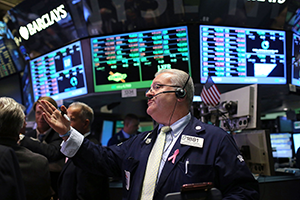There are financial markets located throughout the world. Some are larger than others and represent more of the global economy. However, many countries that have lagged behind the rest of the world economically have their own emerging markets. In Bangladesh, this is the case with their primary securities market being the Dhaka stock exchange. This market has recently seen a bubble collapse similar to the one experienced by US markets in 2009 and 2010. This has left many people wondering what went wrong with the Dhaka stock exchange.
The History
This market actually traces its origins back to the incorporation of the East Pakistan Stock Exchange Association Ltd in 1954. Actual trading did not begin until 1956. The name was changed by removing the word “Association” in June of 1962. In May of 1964, the name Dhaka Stock Exchange was adopted. Trade was halted in 1971 and resumed in Bangladesh 5 years later.
The market experienced a crash in 1996 when bullish investors forced stock prices to rise well beyond their actual value and created a bubble that burst. The same thing has happened again in 2010.
The Growth in Last Few Years
From 2003 to March 2010, this market has experienced steady growth in market capitalisation and share prices. On the surface, this looks like a positive factor. To a certain extent, this is true. The market fundamentals have remained solid with steady growth until February of 2010. Then, the market began to experience a sudden surge in stock prices and market capitalisation that was not supported by the fundamentals.
A portion of this can be blamed on an exaggerated increase in the market index that resulted from the addition of Grameen Phone IPO. However, this only explains a small portion of the surge.


